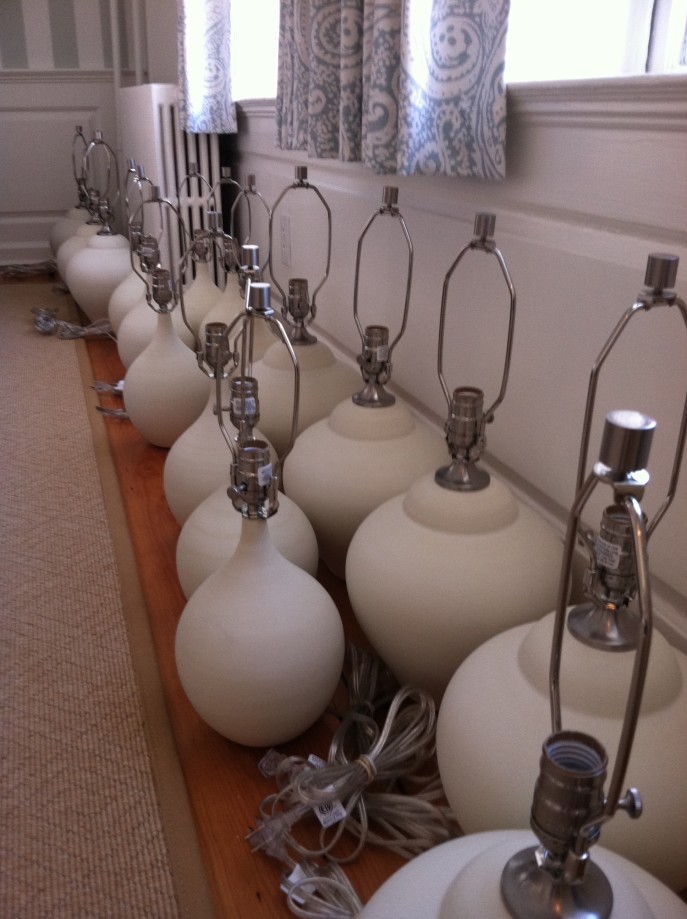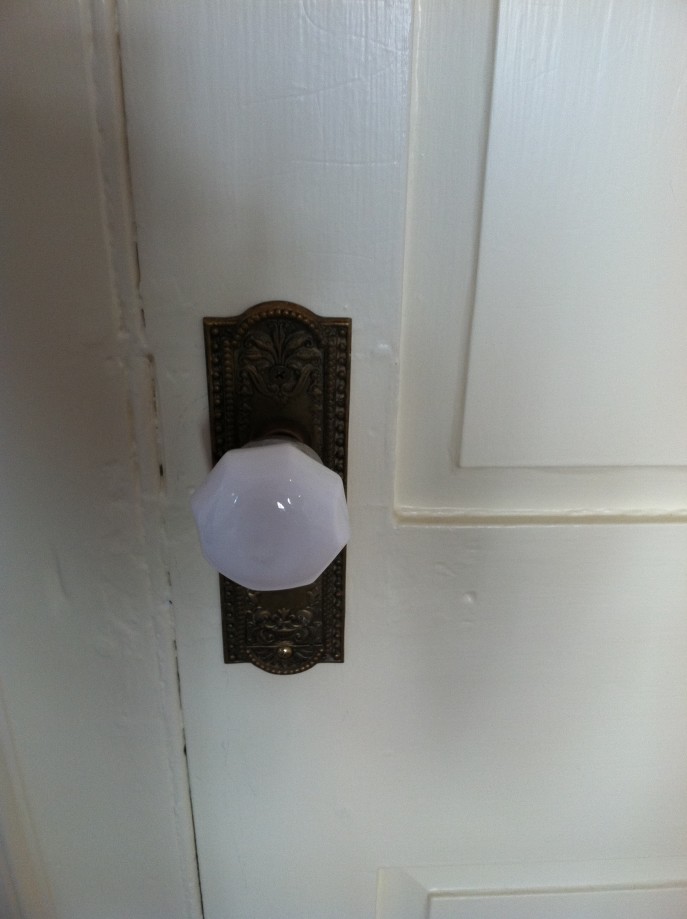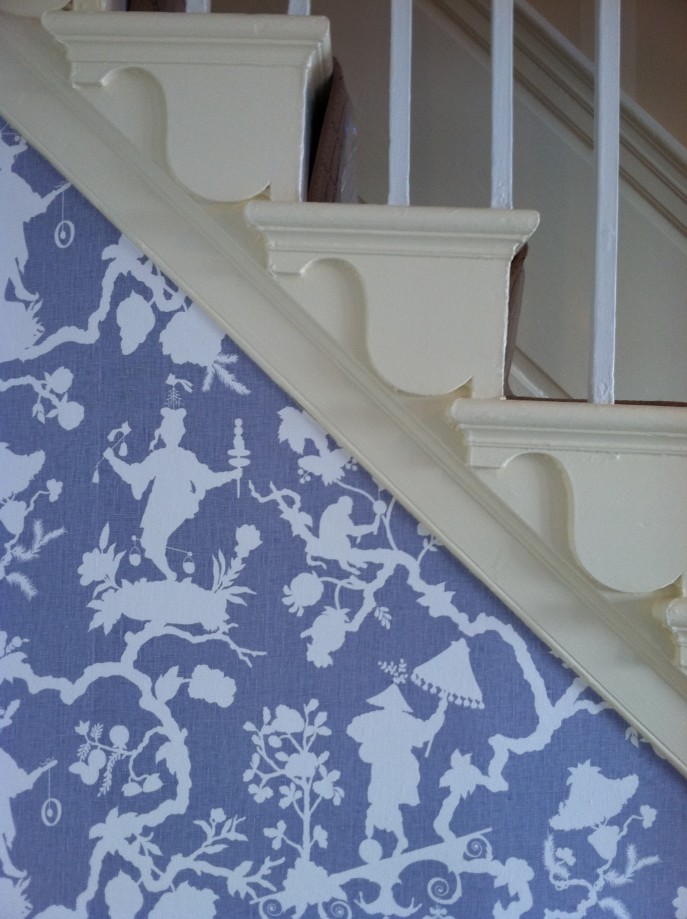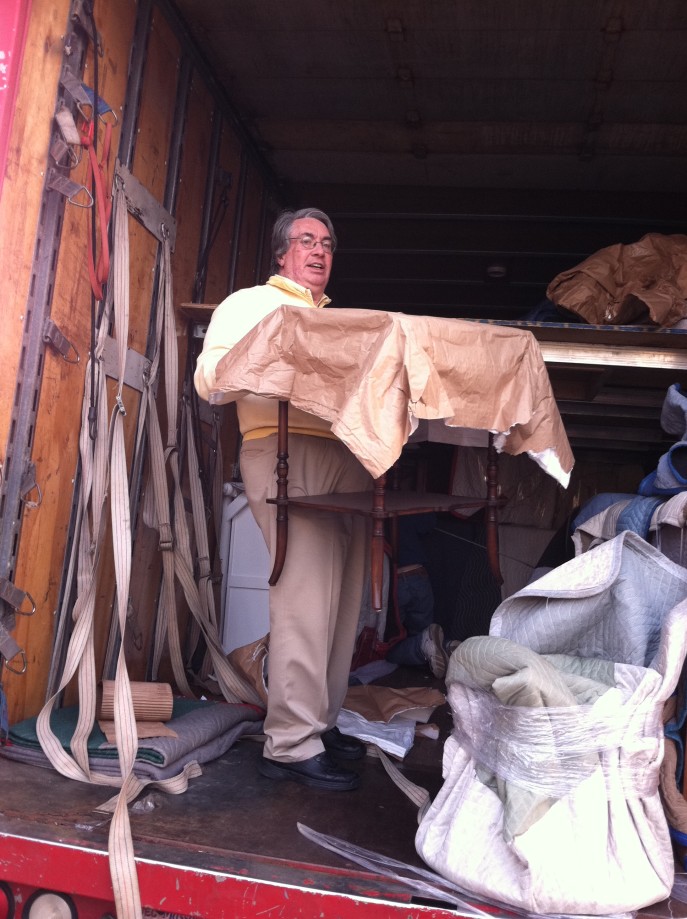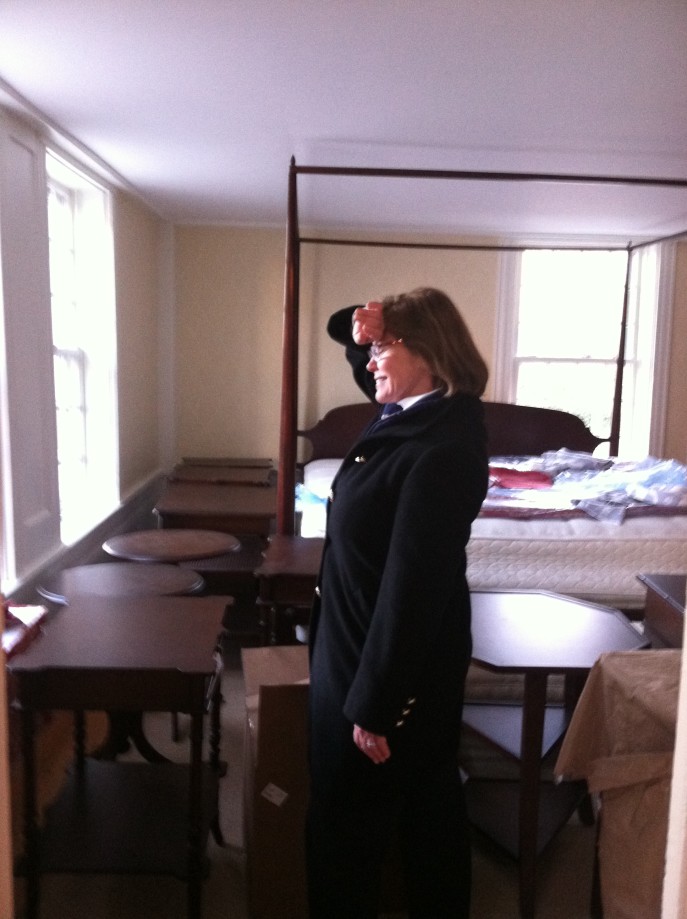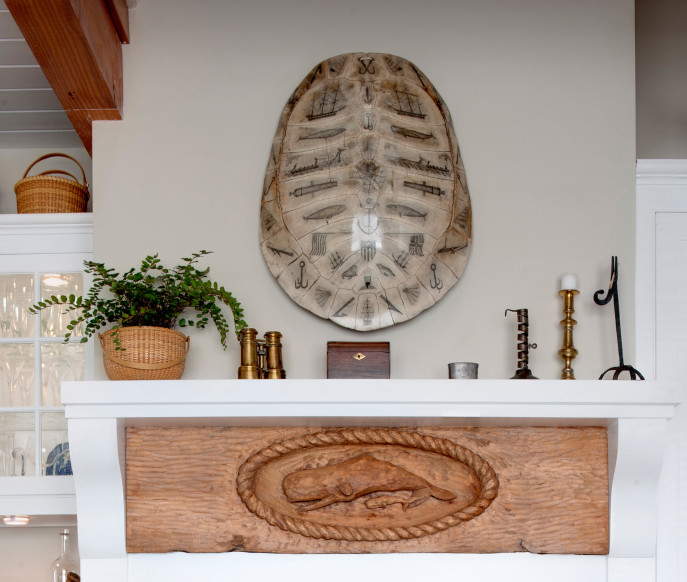
Scrimshaw is the beautiful art form first practiced beginning in 1749, in the days of whaling ships, wizened sea captains and hardy sailors. Whaling was a dangerous undertaking and could never be attempted at night, leaving sailors with free time on their hands. They used it for carving elaborate pictures, lettering and scrollwork on the bones and teeth of sperm whales and the tusks of walruses and other marine animals. The work they left behind is a treasured collectible today. The extremely rare white tortoiseshell shown above is an early nineteenth century British scrimshaw, displayed in my home in Madaket. The whaler’s handwork details ships, whales and equipment used in the seafaring life.
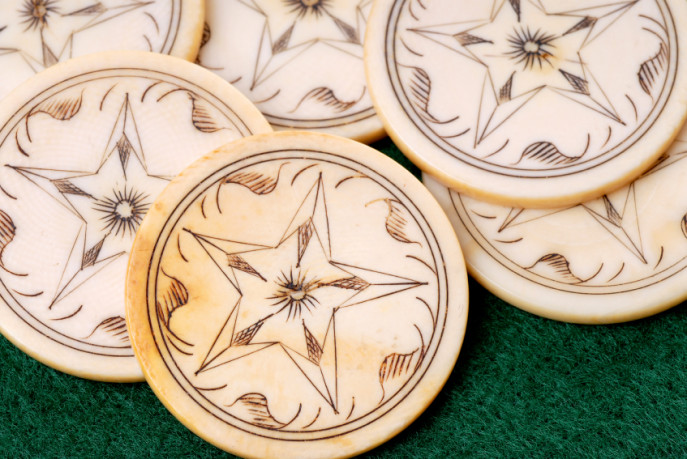
antique scrimshaw poker chips
John F. Kennedy was an avid scrimshaw collector, and brought it back into fashion when he displayed his 37 piece collection in the oval office in the 1960s. Today scrimshaw artists (called scrimshanders) can work with eco-friendly or man-made materials, including cow bones, antlers and ostrich eggs.
This 18th Century scrimshaw is carved from a whale tooth.
It’s impossible to write about the beauty of scrimshaw, though, without first acknowledging the damage being done to tusked animals today by poaching. Where once a ship would set sail with its sights on a whale, and then use every part of the animal for meat, energy and art, there was not an understanding that the seas were a finite resource.

A sea turtle was once plentiful enough that the people of the 18th and 19th centuries could hardly imagine that that creature or any other would be endangered, and in need of protection. Today, though, we are seeing a rapid decline of animals with tusks and horns, often slaughtered for just those parts of their anatomy and left to decompose. Although antique scrimshaw is available for purchase and collecting, strict laws are now in place for animal protection. Elephant ivory has been protected since 1976, and is prohibited from being shipped into the United States or practically any other country in the world.
Poaching continues, however. Rhinos are a threatened animal, under siege for their horns, used in Chinese medicine and particularly sought after in Vietnam. Consumers use ground rhino powder as a health aid, although there is no supporting evidence that it has any impact. Poachers killed 668 rhinos in South Africa in 2012, a 50% increase over the previous year. The World Wildlife Fund estimates another 800 rhinos will die in 2013. To protect them, wildlife managers are injecting the horns of live rhinos with poison and permanent pink dye to make them useless to poachers. Although the poison is not fatal, it will make anyone who consumes the powdered rhino horn ill with nausea and diarrhea.
Anna Merz, who died on April 4, 2013 in South Africa, started a reserve to protect her beloved black rhinos and became a global leader in the fight against their extinction. She is shown in the photo above with the rhino she hand-raised as an orphaned baby, Samia. Samia was devoted to Merz, and followed her everywhere, even trying to enter the house behind her before becoming stuck in the doorway. When Samia gave birth to babies, she presented them to Merz like any proud mother.
Anti-poaching campaigns are underway worldwide, but more attention is needed to protect the earth’s precious resources. Learn more about how you can help from The African Conservancy, World Wildlife Fund, or Stop Rhino Poaching.





